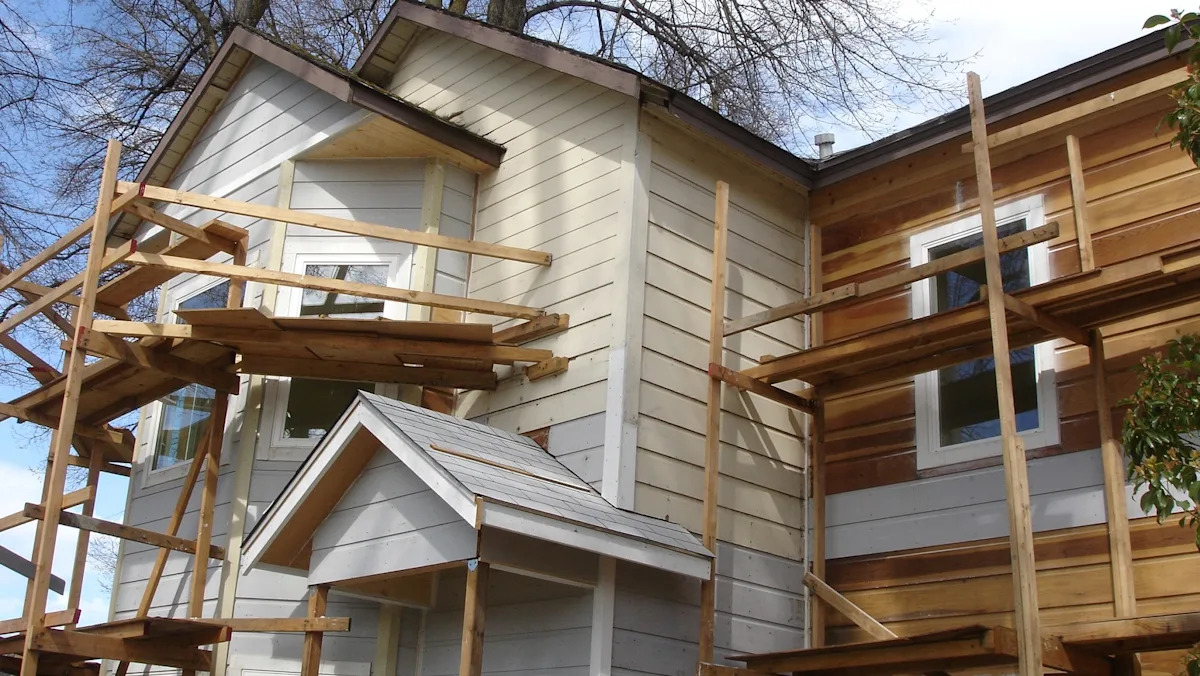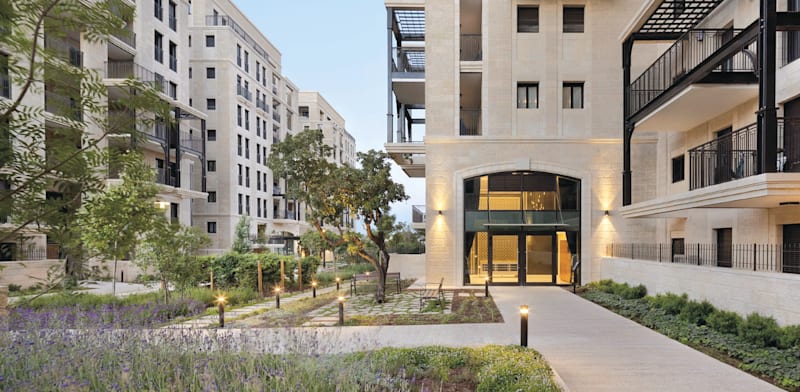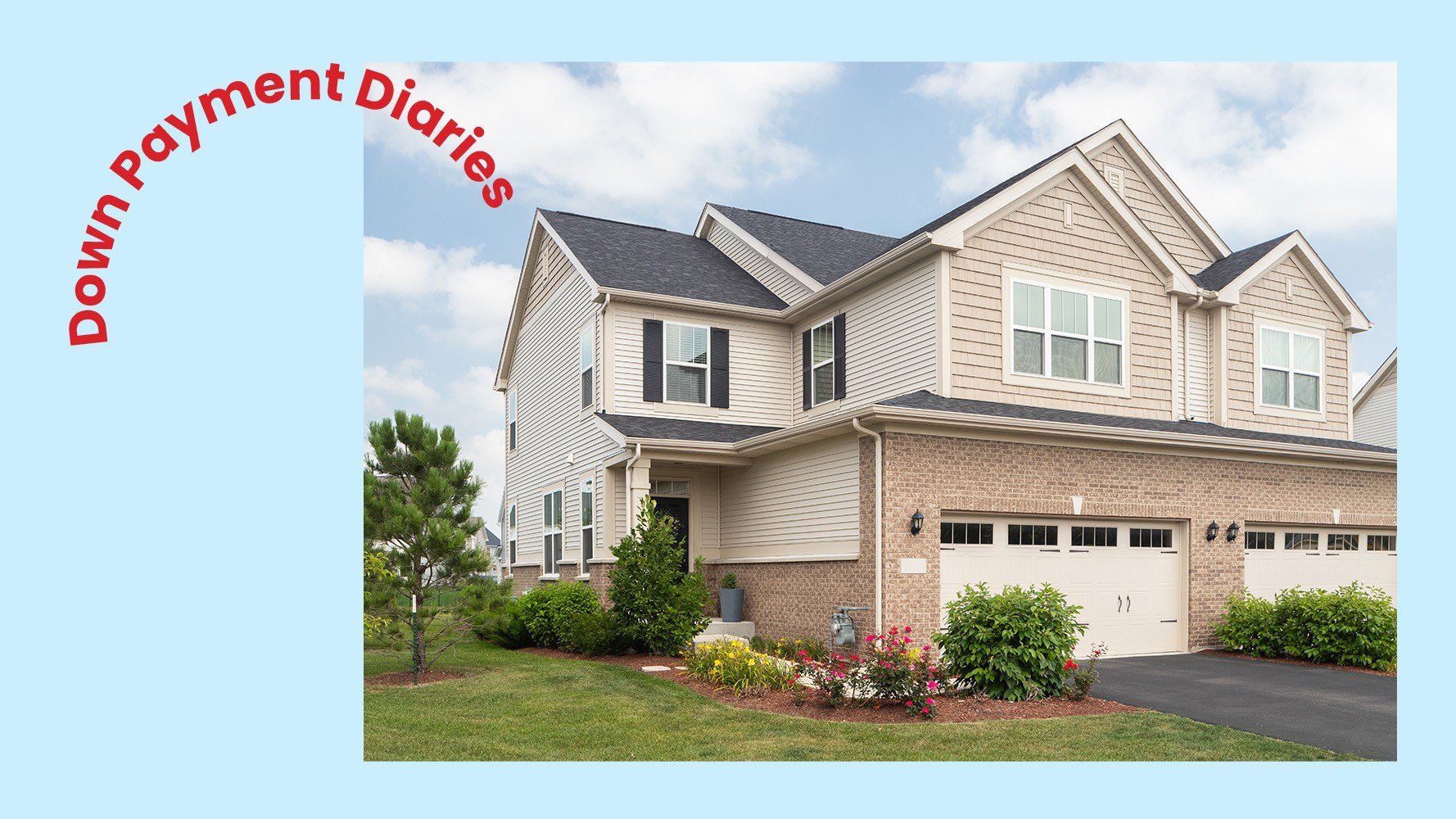N
early 70 % of Americans now view the economy as moving in the wrong direction, and 73 % say it’s a bad time to purchase a home, according to the latest Fannie Mae survey. The September 2025 Home Purchase Sentiment Index, drawn from the National Housing Survey, shows only 32 % of respondents believe the economy is on the “right track,” while 67 % think it’s headed “wrong.” These figures have barely shifted over the past year, with the “wrong track” share rising from 64 % in August, reflecting persistent doubts fueled by inflation, steep borrowing costs, and ongoing global disruptions.
When asked about their own finances, just 32 % of consumers expect improvement over the next year, 23 % foresee a decline, and 45 % anticipate little change. A record 77 % report that household income has stayed roughly the same as a year ago; only 14 % see a significant increase, and 8 % a significant drop, underscoring that wage gains are lagging behind rising living expenses.
Apollo Global Management’s chief economist, Torsten Sløk, attributes the sluggish economic outlook to a labor market at a standstill. He notes that hiring and voluntary quits remain low even at recessionary levels, job openings are falling, unemployment is climbing, and job growth is slowing, leaving workers neither being hired nor changing jobs.
Homebuyers’ outlook is particularly bleak. Only 27 % say it’s a good time to buy, while 73 % deem it a bad time. The net share of respondents who view buying conditions favorably fell to a negative 46 % last month, a level that has held since summer. High mortgage rates and rising home prices are the main culprits. After pandemic lows of under 3 % rates, rates peaked at 8 % in late 2023 and now hover near 6 %. Even a zero‑rate scenario would not make housing affordable in many major metros. Michelle Griffith of Douglas Elliman notes that home prices are 51 % above five‑year levels (Case‑Shiller), and that buyers still need substantial upfront cash, tight inventory, and fierce competition to secure a property.
HPSI data confirms that roughly 70 % of Americans consider it a bad time to buy throughout 2025, with persistent price hikes and high borrowing costs driving the sentiment. In contrast, sellers remain more optimistic: 57 % view it as a good time to sell, compared with 41 % who see it as a bad time. Although the net “good time to sell” share has fallen from 30 % last year to 17 % this month, the seller’s market still dominates.
Looking ahead, 40 % of respondents expect home prices to rise in the next year, 22 % anticipate a fall, and 38 % foresee stability, giving a net 18 % expectation of price increases that has held steady since August. Mortgage‑rate expectations are split: about a third foresee a decline, another third expect further rises, but only 2 % now think rates will drop—a five‑point drop from the previous month—indicating low optimism for relief.
There are subtle signs the market may be shifting toward buyers. Mortgage applications have edged up, and prices in some regions are plateauing or even falling. First American’s chief economist, Mark Fleming, wrote that the market is finally listening to buyers, yet the survey still shows most buyers feel the market is not in their favor.
Renters face a different set of challenges. They anticipate a 6 % average increase in rent over the next year, a 1.1‑point monthly rise. Employment confidence remains solid, with 75 % of working respondents not worried about job loss in the next year. A slight uptick in renting preference is noted: 33 % would choose to rent if moving, up one point, while 67 % would buy. Additionally, 57 % report that obtaining a mortgage today would be difficult, slightly higher than the prior month, confirming the affordability squeeze.
Overall, the data paint a picture of sustained uncertainty and anxiety. Most Americans are wary of the broader economy and their personal financial prospects, and homebuying is increasingly seen as out of reach. These concerns are shaping everyday decisions and dampening optimism as fall approaches.












